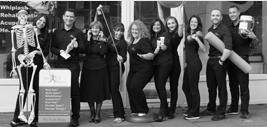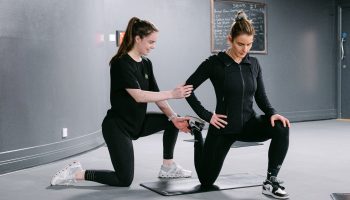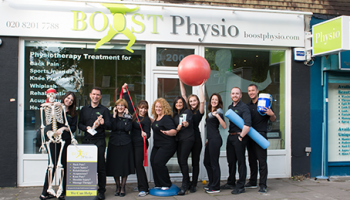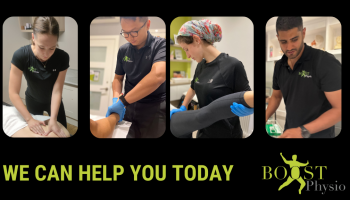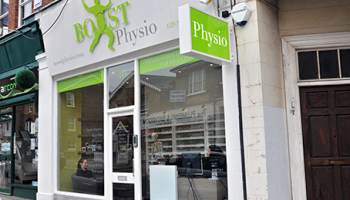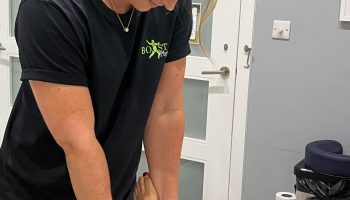Patient Q &A About A Broken Ankle
Last year I broke my ankle in three places and was virtually out of action for four months.
I am now walking again properly, but from time to time my feet really hurt. This may be because my job involves a lot of standing.
I am fairly fit and do a lot of swimming and Pilates.
Is there anything else I should be doing that would remove this residual pain?

What is the gold standard treatment for an ankle fracture?
Depending on the severity of the break, the joint would be immobilised in a cast or a boot for a period of time – usually around 6-8 weeks.
What happens when the joint is immobilised?
The fractured bones are given the time heal; the lack of movement and weightbearing during this period of time is essential for the bones to regenerate.
How does this affect other structures in the foot and ankle?
The muscles can rapidly waste away which may result in a loss of stability and dexterity.
Why are the muscles of the foot so important?
There are 20 muscles in the foot – some produce movements (global movers) and others help to provide shape, support and control (local stabilisers). Injury can reduce the tone of these muscles, therefore increasing the strain on other structures such as tendons, ligaments and even other bony areas.
Why is this relevant?
Strong and flexible feet, ankles and calves provide a good base of support for stable movement and locomotion. Due to the disuse of these structures during immobility, our functional capacity after injury may be reduced. Functional capacity refers to the ability to carry out day-to-day tasks without problems, such as standing for a long time or walking over different types of terrain.
What exercises should I focus on to improve my foot pain?
Specific exercises to improve the foot ‘core’ (local stabilisers)-
- Towel scrunches
- Marble pick ups
- Foot doming
- Single leg balancing
Exercises to improve the global movers-
- Ankle movements against a resistance band
- Heel raises
Progress even further to plyometric exercises-
- Jumping
- Hopping
- Skipping
Grosset and Onambele-Pearson (2008) also suggest that there can be a substantial and rapid loss in muscles both above and below a joint that has been immobilised. This indicates that overall strength and conditioning exercises (preferably single leg) would aid your recovery in these types of individuals.


Mon-Thurs 8am-9pm
Fri 8am-3pm
Sat/Sun 9am-6pm

BOOST PHYSIO works with major insurance companies like: BUPA, AVIVA, WPA, CIGNA and Simplyhealth. We usually deal directly with your insurance company.



